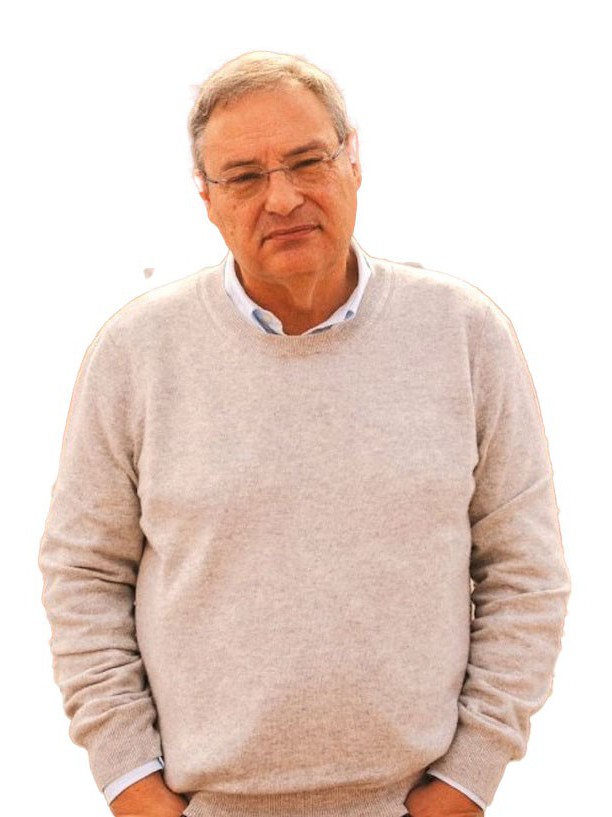resumo
New complexes [Mo(eta(3)-C3H5)X(CO)(2)(4-Y-BIAN)] (4-Y-BIAN = bis(4-Y-phenyl)-acenaphthenequinonediimine), with X = Br and Y = H, Me, OMe, COOH and X = Cl, Y = OMe, as well as the cation with X = NCMe and Y = OMe were synthesized, expanding the scope of this family. Two single crystal X-ray structures (X = Br, Y = Me, OMe) display a less symmetric arrangement (axial isomer), where one N donor atom is trans to the allyl group and the second to one CO. DFT studies showed similar energies for the two possible isomers of the complexes, with a very small preference for the observed axial isomer. The HOMO of the complexes is localized in the metal and the HOMO-1 of the oxidized species has a contribution from the BIAN ligand, while the LUMO is fully localized in BIAN. Electrochemical studies showed one process corresponding to the oxidation of Mo(ii) to Mo(iii) for complexes with X = Br, Y = H, Me, and two oxidation reactions for those with X = Br, Y = Cl, OMe, while the COOH derivative exhibited no oxidation wave. The antitumor effect of the complexes with X = Br was tested in cancer lines, and the H and OMe complexes were particularly active, with EC50 values below 8 mu M in HeLa cell lines. The DNA binding constants determined by titration experiments were comparable with those of doxorubicin and ethidium bromide, suggesting a mechanism of action based on intercalation in DNA.
palavras-chave
DICARBONYL COMPLEXES; DYNAMIC-BEHAVIOR; DIIMINE; CATALYSTS; DNA; POLYMERIZATION; CYTOTOXICITY; MONONUCLEAR; EQUILIBRIA; REACTIVITY
categoria
Chemistry
autores
Quintal, S; da Silva, MJP; Martins, SRM; Sales, R; Felix, V; Drew, MGB; Meireles, M; Mourato, AC; Nunes, CD; Saraiva, MS; Machuqueiro, M; Calhorda, MJ
nossos autores
agradecimentos
We thank the Fundacao para a Ciencia e a Tecnologia, Portugal, for financial support (UID/MULTI/00612/2019, UID/QUI/00100/2019, and UID/MULTI/04046/2019). This work was developed within the scope of the project CICECO-Aveiro Institute of Materials, FCT UID/CTM/50011/2019, financed by national funds through the FCT/MCTES. We wish to acknowledge the elemental analysis service at Instituto de Tecnologia Quimica e Biologica, Universidade Nova de Lisboa, Oeiras, Portugal. S. Quintal and M. S. Saraiva thank FCT for post-doc fellowships (SFRH/BPD/11463/2002 and SFRH/BPD/88082/2012) and M. J. C. for a grant (SFRH/BSAB/135473/2017).


